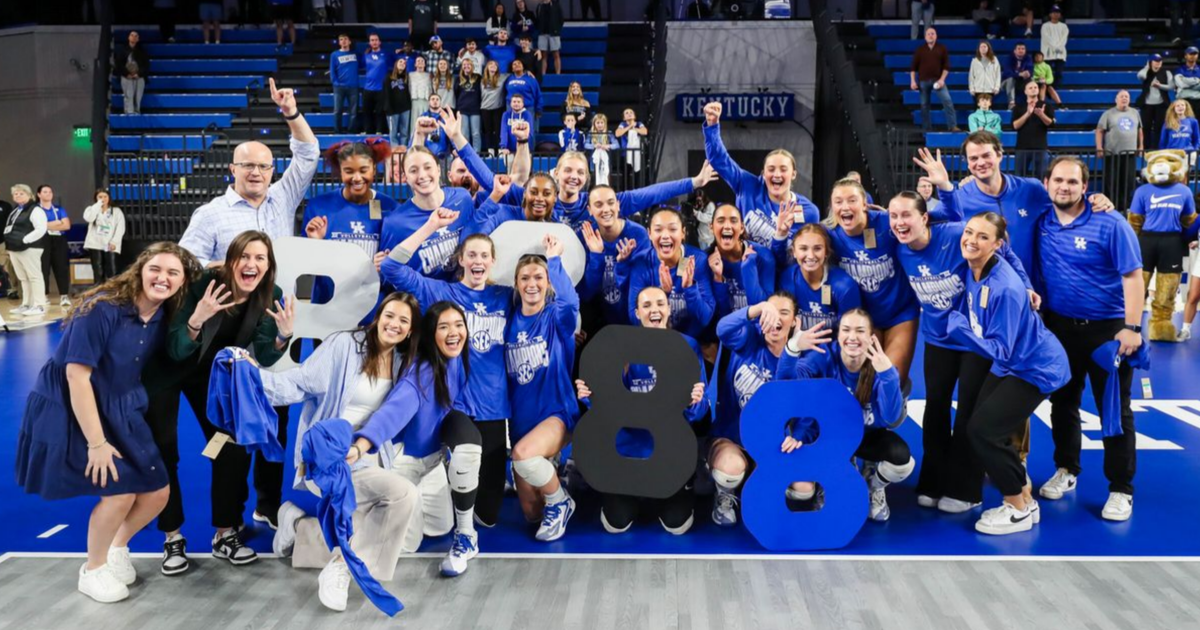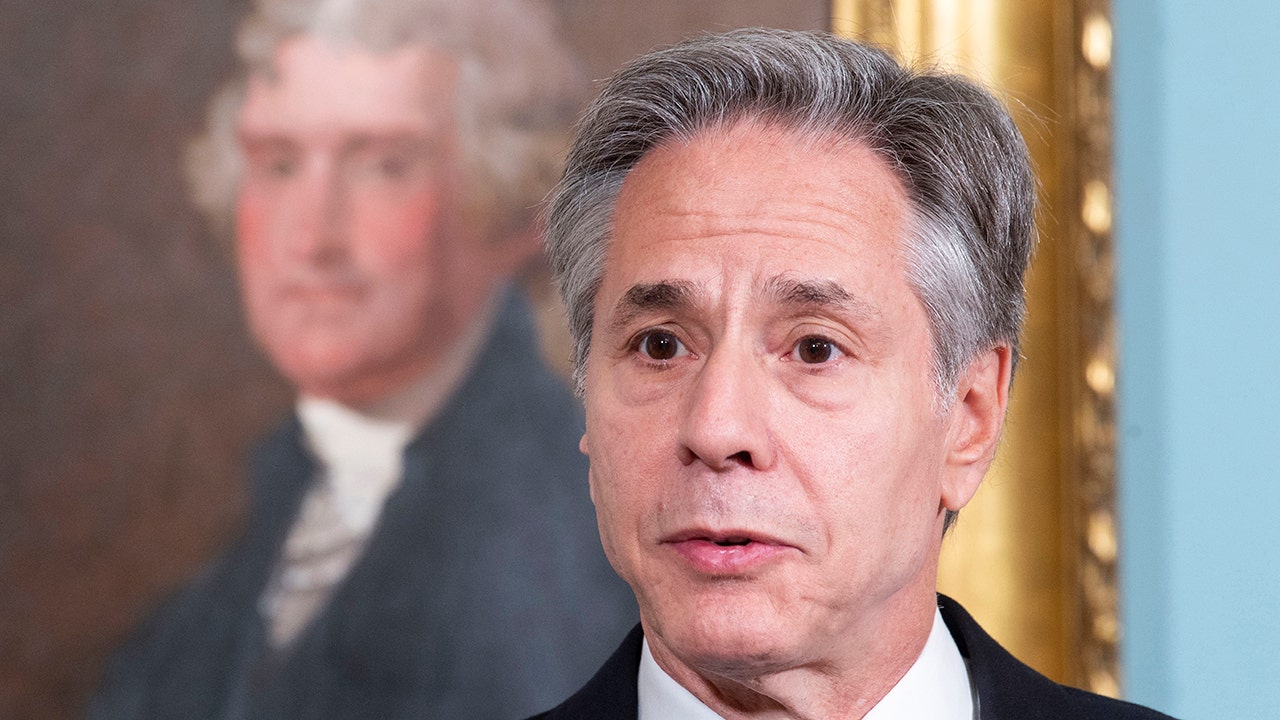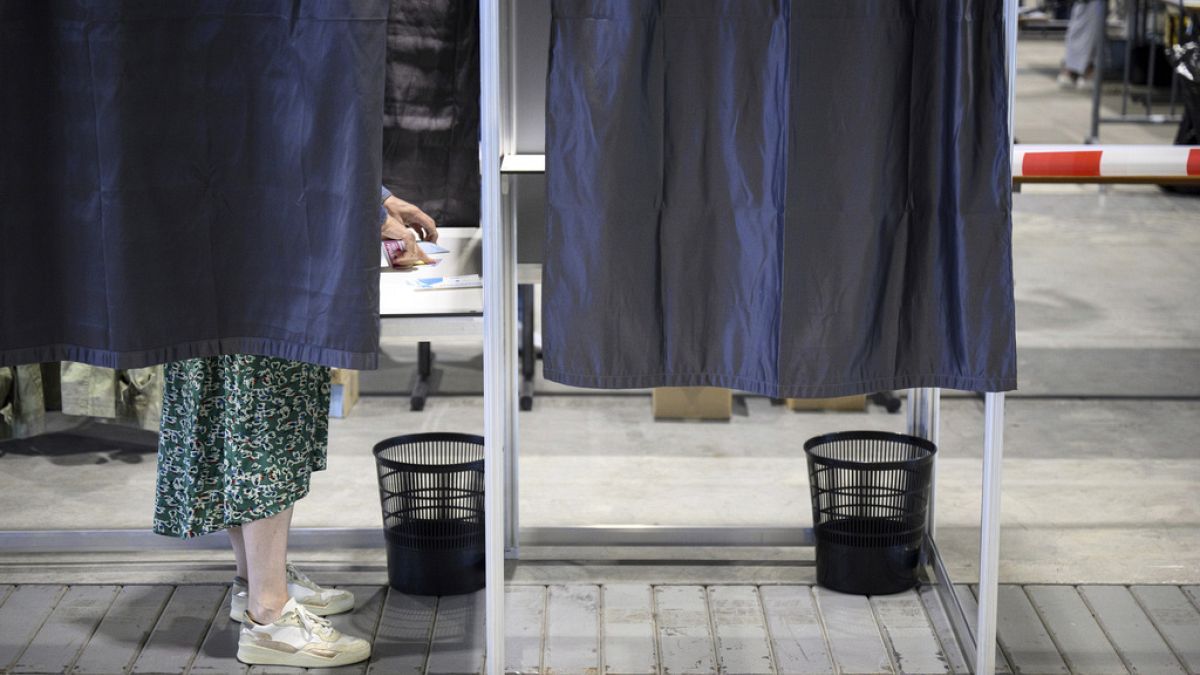Hawaii
Immigrant workers’ lives, livelihoods and documents in limbo after the Hawaii fire

LAHAINA, Hawaii (AP) — Freddy Tomas was working in his yard in Lahaina when the fire advanced with stunning speed right up to his fence. He rushed to save valuables from a safe inside his house but realized he didn’t have time and fled, his face blackened with soot.
Days after fleeing in his pickup truck, amid smoke so thick he could only follow the red taillights of the vehicle in front of him and pray they were going the right way, the retired hotel worker from the Philippines returned to his destroyed home with his son to look for the safe. Tomas, 65, said it had contained passports, naturalization papers, other important documents and $35,000.
After sifting through the ashes, father and son found the safe, but it had popped open in the fire, whipped by hurricane-force winds, and its contents were incinerated.
For immigrants like Tomas, Lahaina was an oasis, with nearly double the foreign-born population of the U.S. mainland. Now, those workers are trying to piece their lives back together after the Aug. 8 fire leveled the town.
Jobs had been plentiful in the town that boasted a row of restaurants and shops along Front Street, bordering the azure waters of the Pacific. Lured as well by its beautiful vistas and laid-back lifestyle, foreign workers had flocked to Lahaina from all over the world.
And they contributed significantly to the population and economy.
The presence of immigrant workers in Lahaina boosted the proportion of its foreign-born residents to 32%, which is almost double the 13.5% for the United States as a whole, the U.S. Census Bureau estimated in July 2022.
Still the labor shortage related to the COVID-19 pandemic took a toll in Hawaii, just as it did on the mainland. In February, almost three years after the start of the pandemic, employers were trying to fill 14,000 jobs in Hawaii — roughly double the number of unfilled job openings pre-pandemic, Hawaii News Now reported, citing state economists. Restaurants in Lahaina were literally hiring people off the street.
Many foreign-born workers lost everything in the inferno. Some residents perished.
The Mexican Consulate in San Francisco said two men were confirmed dead and was helping to arrange the return of their remains to their families in Mexico. A Costa Rican man was also among the 100-plus dead and many more remain missing.
The consulate said some 3,000 Mexican nationals are believed to be living on Maui, many working in pineapple fields, in hotels and restaurants, and other establishments with ties to tourism.
Mexico’s Consul General in San Francisco, Remedios Gomez Arnau, dispatched three staff members to Maui to help Mexican citizens deal with the tragedy. The Mexican government has been in contact with at least 250 of its citizens in Maui, she said, and reissued passports and birth certificates lost in the fire.
“Many of them lost everything because their homes burned down, and they lost their documents,” she said in an interview Friday.
With businesses burned down, legions of those who survived are now jobless. Many are also without a place to live after the blaze also tore through housing of many people who worked at the town’s hotels and resorts. And others are without a clear path forward.
Immigration attorney Kevin Block noted that some immigrants have permanent residency or temporary protected status, and some are in the United States illegally.
“A lot of those folks are nervous about applying for any kind of help,” he said. “When (the Federal Emergency Management Agency) rolls into town or when there’s government agencies around or even medical help, they’re very scared to get it because they’re scared of getting deported.”
A document provided by FEMA says anyone affected by a major disaster may be eligible for disaster assistance, including noncitizens whose deportation status is being withheld for at least one year, as well as noncitizens granted asylum. That assistance can include crisis counseling, legal assistance, medical care, food and shelter, and other relief services.
However, callers to the FEMA assistance hotline are told in recorded messages that they should provide a social security number and are warned that lying in an application for aid is a federal offense.
For immigrants who were brought to Maui as children, it is the only home they know.
“They are working as first responders, providing food, delivering supplies,” Block said. “They are right there with everybody else checking to see who needs help. It’s become more apparent than ever how vital they are to the community.”
Chuy Madrigal fled the blaze with nine members of his extended family, which originally is from Mexico.
They lost the home that his mom worked 30 years to save up enough money to buy and the food truck they started operating just three months ago, said Madrigal, who is a recipient of the Deferred Action for Childhood Arrivals program, or DACA, for immigrants who were brought to the U.S. as children but don’t have legal status.
Madrigal said he and others from the immigrant community have been knocking on doors to gather supplies for those in need and offering to translate. They have tried to comfort those, like him, who lost everything.
“There has been a lot of fear,” he said. “But once you talk to people and tell them, ‘When we got here, we started from zero, this is zero again, we just got to get back on it and continue’ — a lot of people have said, ‘You’re right.’”
The family is planning to rebuild their lives again on Maui.
___
Selsky reported from Salem, Oregon. Watson reported from San Diego. Jennifer Sinco Kelleher in Honolulu contributed to this report.

Hawaii
Deadspin | No. 4 Auburn, No. 5 Iowa State test mettle in Hawaii

No. 4 Auburn and No. 5 Iowa State will meet Monday in the Maui Invitational in Lahaina, Hawaii, in a clash of college basketball powers that has more the look of a tournament championship game than that of a first-round contest.
While the high-level matchup is unusual for the opening round, it does give the Tigers and Cyclones a chance to see how they stack up among the NCAA elite.
And although Iowa State (3-0) has hammered three mid-major teams, Auburn (4-0) already owns a measuring-stick victory at then-No. 4 Houston on Nov. 9.
Now comes more challenging competition as the tournament includes No. 2 UConn and No. 10 North Carolina, as well as three other teams that arrive in Maui with undefeated records — Memphis, Colorado and Dayton.
“The next four games are against Elite 8-caliber teams,” Auburn coach Bruce Pearl said, referring to the tournament games as well as including a Dec. 4 date at Duke. “It’ll be a true test and a true measure of where we’re at.”
The Tigers are currently at a good place. In addition to their win over Houston, they’ve beaten up on three mid-majors.
Johni Broome made 13 of 17 shots to finish with 30 points in Auburn’s 102-69 victory over North Alabama on Monday. He also pulled down 17 rebounds, while Dylan Cardwell made 5 of 6 shots to finish with 12 points.
“Our bigs shot an incredible percentage,” Pearl said. “Johni and Dylan are two of the best centers in college basketball and we’ve got both of them.”
Meanwhile, the rest of the Tigers’ starters scored in double figures. Denver Jones delivered 13 points and nine assists in the win.
Playing three games in three days will be a big change for Iowa State, which has been one of the least active teams in Division I. Its only three games have come on the three Mondays in November.
“We’ve had these experiences in years past. Last year it didn’t go as well,” Iowa State coach T.J. Otzelberger said, referring to last November when the Cyclones lost two of three games in the ESPN Events Invitational.
“Yes, you want to win every game, but last year we had a great season and we weren’t as good at this point,” Otzelberger said of his team, which went 29-8 and reached the Sweet 16 in the NCAA Tournament.
With five double-digit scorers, the Cyclones have shown balance, led by backcourt players Curtis Jones (15 points per game), Tamin Lipsey (13.7) and Keshon Gilbert (12.3).
St. Mary’s transfer Joshua Jefferson recorded his first double-double for his new team by collecting 16 points and 10 rebounds in Iowa State’s 87-52 victory over IU Indianapolis last Monday. He made all seven of his shots from the floor.
On Monday night, the Cyclones face a team that is “playing as well or better than anyone in the country,” Otzelberger said.
“They’re a tremendous team. They pressure defensively, really get after you. They’ve got tremendous depth. They try to wear you down,” Otzelberger said. “In the Houston game, Houston had the lead early and that’s what happened.”
–Field Level Media
Hawaii
Proposed empty homes tax gets exemptions added for Hawaii residents as final vote nears

HONOLULU (HawaiiNewsNow) – A bill aimed at cracking down on vacant homes on Oahu by increasing taxes is expected to face a final vote at the Honolulu City Council in the coming weeks.
It comes after the proposal has been revised several times because of questions and concerns from the community.
Bill 46 would add an incremental 3% yearly tax for vacant dwellings on a property that would be rolled out over three years.
Some owners could end up paying tens of thousands of dollars more in property taxes, but a recent change to the measure adds exemptions for Hawaii residents.
The 2020 U.S. Census reported roughly 35,000 unoccupied housing units on Oahu.
Council Chair Tommy Waters, who introduced the bill, said it’s meant to get people to rent out or otherwise free up their unused units.
Under the measure’s current language, the higher tax would be placed on homes that are unoccupied for six months.
“We’re trying to get creative to figure out how we can get our local people to stay here. We can’t build our way out of this solution,” said Waters.
This week, the council’s budget committee narrowly passed the bill in a 3 to 2 vote after making several changes.
One change would allow Hawaii residents to request an exemption for a second home they own.
To reduce administrative costs that would likely come with a new tax, the bill proposed it to operate under the already running property tax system by adding a new class.
There’s also changes to the bill’s language to comply with both with state and federal law to try and avoid potential lawsuits.
But still some residents still believe it will do more harm than good.
“Trying to enforce this and make sure that it’s equitable is going to be a nightmare,” said Hawaii Kai resident Natalie Iwasa.
“My other concern about this is the landlords, they obviously have a stake in this but if they miss a deadline, it is no skin on their backs you know why? Because they will increase the rent for people like me and other families who cannot afford a home,” she added.
But younger constituents seem to support the proposal.
“This is not about punishing anyone. It is about making housing accessible to the people who call Hawaii their home,” said one testifier.
Bill 46 could still undergo even more revisions.
The bill is expected to go for a final vote on December 11, where public input will also be taken.
Copyright 2024 Hawaii News Now. All rights reserved.
Hawaii
Kauai shines in farm-to-table experiences at Timbers resort

HONOLULU (HawaiiNewsNow) – If you’re headed to Kaua’i and looking for a unique farm-to-table experience, Hualani‘s at Timbers Kaua’i serves creative dishes and drinks made with local ingredients and hyper seasonal produce grown on their farm at Hokuala.
Alex Amorin, executive chef at Hualani‘s, and Cory Dotario, Timbers food and beverage director, joined HNN’s Sunrise to talk about their fresh, sustainable philosophy and upcoming Ha’aheo o Kauaʻi events, meaning “pride of Kauai” because talent and ingredients are sourced from the Garden Isle.
Among their signatures: honeycomb and goat cheese salad with a lemon vinaigrette (tapping into fall citrus season on their farm and honey from their own apiary) and a Barrel Aged Old Fashioned using their signature “Nagao of Never” bourbon named after a longtime employee, David Nagao, as a way to usher in the holiday season.
Ha’aheo o Kauaʻi lets guests enjoy a hands-on harvesting experience at The Farm at Hokuala and learn about Kauai produce, seafood and meats, and wine pairings.
Amorin talked about the farm’s organic and biodynamic practices.
“There’s a nuanced beauty to selecting produce in its prime seasonality. The delicate flavor profiles take artistry to celebrate and enhance as the star of the plate. Similar to the artistry of working with watercolors and the delicate skillset that’s involved with mixing paint colors, working with vegetable-forward dishes takes the same approach and it’s ingredients sourced at peak ripeness that allow me to create culinary works of art,” said Amorin, an avid waterman and fisherman.
The next Ha’aheo o Kauaʻi farm-to-table dinner is on December 19 and can be booked on Open Table or by calling (808) 320-7399.
For more information, visit timberskauai.com/eat-drink/hualanis or follow on Instagram @timberskauai.
Copyright 2024 Hawaii News Now. All rights reserved.
-

 Business1 week ago
Business1 week agoColumn: Molly White's message for journalists going freelance — be ready for the pitfalls
-

 Science5 days ago
Science5 days agoTrump nominates Dr. Oz to head Medicare and Medicaid and help take on 'illness industrial complex'
-

 Politics7 days ago
Politics7 days agoTrump taps FCC member Brendan Carr to lead agency: 'Warrior for Free Speech'
-
/cdn.vox-cdn.com/uploads/chorus_asset/file/25739950/247386_Elon_Musk_Open_AI_CVirginia.jpg)
/cdn.vox-cdn.com/uploads/chorus_asset/file/25739950/247386_Elon_Musk_Open_AI_CVirginia.jpg) Technology6 days ago
Technology6 days agoInside Elon Musk’s messy breakup with OpenAI
-

 Lifestyle1 week ago
Lifestyle1 week agoSome in the U.S. farm industry are alarmed by Trump's embrace of RFK Jr. and tariffs
-

 World7 days ago
World7 days agoProtesters in Slovakia rally against Robert Fico’s populist government
-

 News7 days ago
News7 days agoThey disagree about a lot, but these singers figure out how to stay in harmony
-

 News7 days ago
News7 days agoGaetz-gate: Navigating the President-elect's most baffling Cabinet pick


















